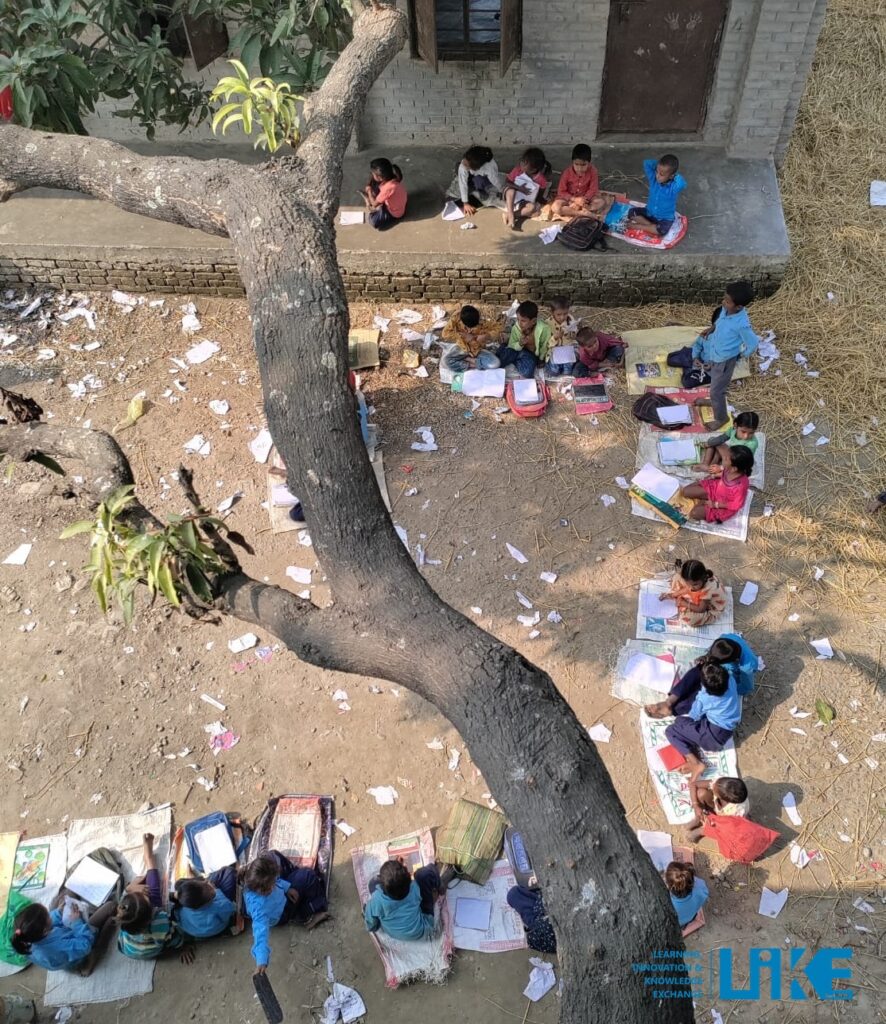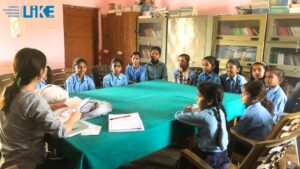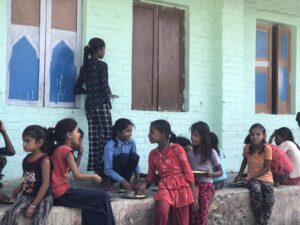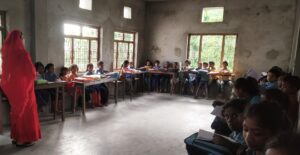
Author : Regina Rajbanshi
From the perspective of the capability approach conceptualized by Amartya Sen, opportunities refers to access to the goods, services, and resources on the basis of which an individual is able to effectively act and become who he or she wants to be according to individual capacity. With the opportunity for unimpeded access to public resources based on their capabilities, people can achieve their preferred outcomes. However, differences or inequalities in opportunities can negatively affect an individual’s functioning as well as potential outcomes.
In this study, based on the capability approach, the research question explores whether girls and boys experience opportunity differentials in their schools that could result in dissimilar functioning between them. To examine this phenomenon, this study was conducted at public schools (grades 3-8) in Yamunamai Rural Municipality with 230 respondents, of whom 116 were girls and 114 were boys. It was part of the “Effectiveness and Scalability of Programs for Children Who are Out of School and at Risk of Dropping Out in Bangladesh, Bhutan, and Nepal,” which is supported by the Global Partnership for Education Knowledge and Innovation Exchange, a joint endeavor with Canada’s International Development Research Centre.
For the purpose of qualitative data analysis, this study has generated four major themes based on the theoretical framework developed by Biggeri’s (2004) and Nussbaum’s (2000) lists of capabilities to measure the prevalence of opportunity differentials among boys and girls. Four themes are as follows: bodily integrity and health; participation; freedom from economic and non-economic exploitation; and social relations. To evaluate differences in terms of opportunities among male and female students regarding bodily integrity and health, indicators like toilets, violence, and security were selected. Similarly, in this study, indicators such as separate toilets are used to evaluate opportunities in terms of material goods or resources, and the sense of security among girls and boys is evaluated to understand opportunities in terms of available services.
Based on the research question, Do girls and boys have separate toilets? Are girls and boys safe on the school premises? The study concluded that there are no differences concerning bodily integrity and health between male and female students. There are separate toilets for girls and boys, and they feel completely safe inside the school premises. Likewise, differentials of opportunity under the theme of participation were measured through play. Whether or not girls and boys are allowed to play together remained a topic of concern until the research team went to the field site. As per 48.26% of respondents, girls and boys never played together, 16.96% played occasionally, and 9.56% rarely played together. The study finds that boys were more involved in outdoor games, and girls preferred playing indoors. Play is becoming more gendered and polarized between girls and boys, along with products such as toys, books, and resources.
The opportunity differentials in the third theme—freedom from economic and non- economic exploitation—look over three categorical indicators: household chores, child labor, and leisure time. The findings on household chores indicate that girls are involved in household chores such as cleaning, cooking, and washing. However, boys are involved in work related to agriculture and the field. Girls are engaged in household chores for 2-3 hours a day, whereas boys are involved for only 1-2 hours. Due to girls’ responsibilities with household chores, they often had to miss school
during festivals. There are also cases of child labor found in the public schools of Yamunamai Rural Municipality. Children who are involved in child labor are mostly boys. From the perspective of the capabilities framework, the problem of child labor not only robs a child of the joys of childhood and regular school education, but it also takes away the opportunity for the child to acquire the skills and mental and physical talents necessary for future growth, the ability to do things, and empowerment in general.
The fourth theme in this study is social relations. Opportunity differentials concerning social relations have been analyzed through indicators such as preference for boys and child marriage. In many parts of Nepal, especially in rural areas, people still prefer to send their sons to school rather than their daughters. This deep-rooted cultural and societal stereotype of preference results in restricting daughters from being part of the social network. Similarly, the practice of child marriage can prevent girls and boys from building amicable social relationships. In contrast to the previous studies and literature, this study finds that both girls and boys were sent to school without parental preferences or gender differences. However, there are still cases of child marriage (6.52%) recorded in Yamunamai Rural Municipality.



